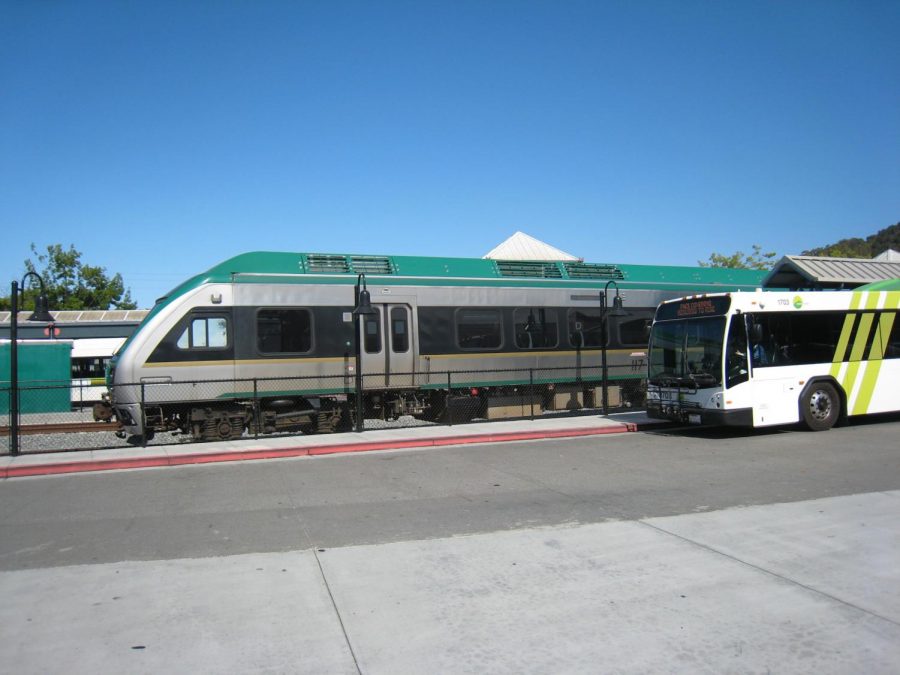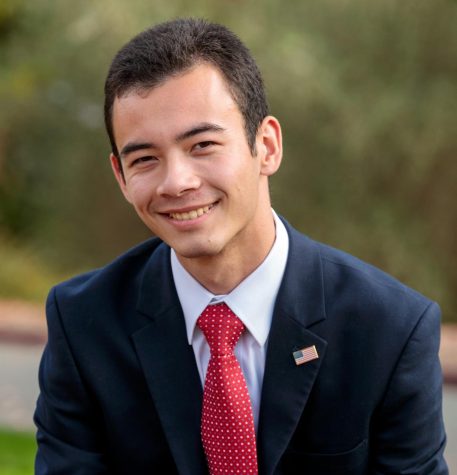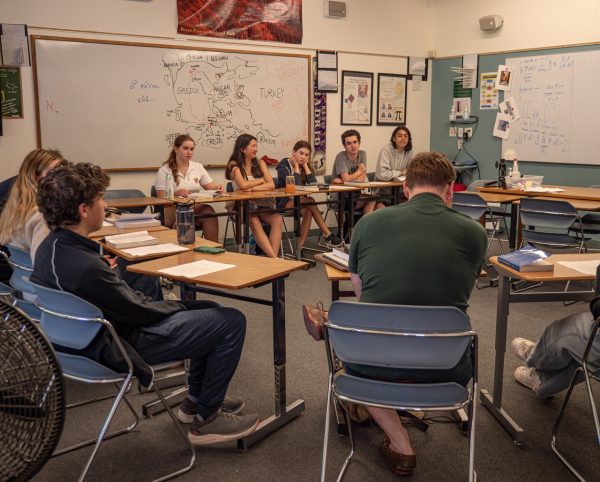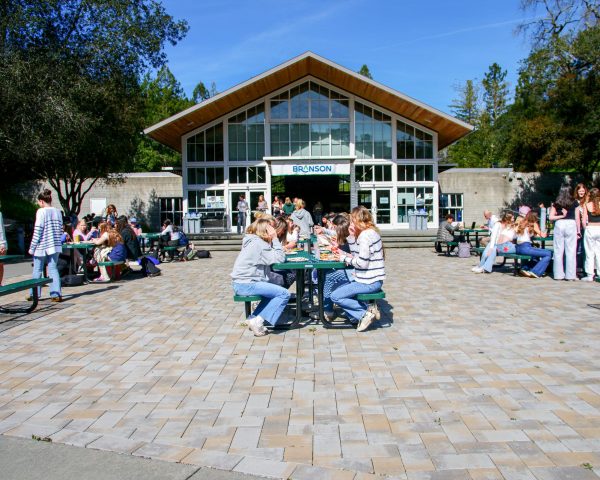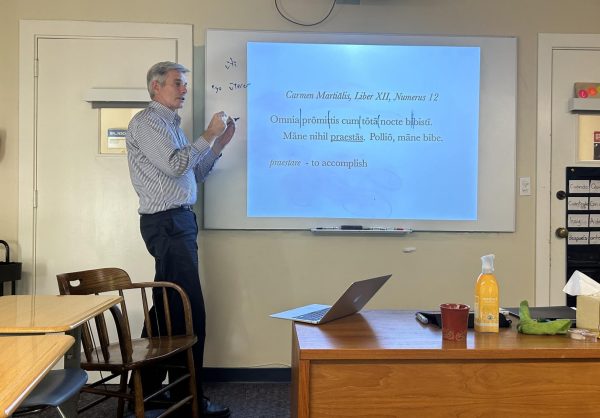Transit ridership in flux as pandemic restrictions ease
July 13, 2021
Ninety-nine percent.
That’s how much Golden Gate Ferry ridership dropped at the peak of the pandemic. And in an indicator of the hurdles ahead for post-pandemic public transit, the service linking Marin County with San Francisco has yet to regain about 90% of its pre-pandemic users.
“We’re not expecting any major increase on Golden Gate Transit or Ferry until we see the broader reopening of tall office buildings in San Francisco and people really getting back to work in the office,” said Paolo Cosulich-Schwartz, public affairs manager for the Golden Gate Bridge, Highway and Transportation District.
The district, which drastically cut bus and ferry service after the commuters it relied on had to work from home, mirrored the struggles of many public transit agencies during the pandemic. Still, ridership on Bay Area transit has inched back up.
Shail Belani, a junior at Branson, took Sonoma-Marin Area Rail Transit to school every day this year. (The school, whose students learned in-person for most of the 2020-21 school year, operates a shuttle from the San Rafael station to its Ross campus.)
Belani began to use SMART daily during sophomore year, after his carpool driver graduated, though he occasionally rode it before that. At first, he thought the train would be a hassle. But he’s enjoyed taking it along with a few classmates on board, he said. And as pandemic restrictions loosened over the past few months, he’s observed a definite uptick in ridership.
“I actually have noticed an increase,” Belani said. “Compared to last year, when I took [it] a few times to school, I’ve noticed that it’s more packed. However, people are still social distancing.”
In May, SMART added weekday trips and Saturday service that had been cut because of the pandemic, though Sunday service remains suspended due to staff shortages. The new schedule offered Belani more frequent morning service but less on the way back, he said.
Matt Stevens, a SMART spokesman, said the schedule changes increased ridership.
“We did a survey prior to changing the schedule or adding trips to the schedule to get more information from our riders about what they’re looking for,” he said.
In an additional bid to boost ridership, SMART will reduce fares on electronic tickets by 40% until next May — a decrease that will extend to Clipper cards in September. A contingency fund, federal aid and SMART’s sales tax base will mitigate the financial effect of the fare decrease, Stevens said. An extension of that sales tax failed last year, but he expects the measure to return to the ballot as early as the 2024 presidential election.
We may never get back to 100% of pre-pandemic ridership. That is a possibility.
— Paolo Cosulich-Schwartz
Under federal guidelines, transit agencies must continue to require masks, but the state no longer requires social distancing. And though scientists now believe that surfaces rarely transmit COVID-19, SMART continues to disinfect its cars twice a day. The extensive disinfection, along with the fare and schedule changes, serves as a way to encourage more people to ride over the next months, Stevens said.
Daily ridership has increased from around 300 in January to around 700 in May and occasional June days with over 1,000 — still not enough to meet pre-pandemic figures of 3,000.
Golden Gate Transit has also seen a rebound in its bus routes, at least compared to its maritime counterpart. But the district believes ridership levels will return to 60% of normal on buses and 50% on ferries by June 2022.
“We may never get back to 100% of pre-pandemic ridership,” district official Cosulich-Schwartz said. “That is a possibility. The new normal may mean fewer people commuting between San Francisco and the North Bay on a permanent basis.”
With most commute routes to San Francisco suspended, the bus system saw nearly 17,000 riders during the week of June 20, over 70% below 2019 levels. Meanwhile, ferries carried around 5,700 riders, nearly 90% below. Golden Gate Transit has prioritized regional bus routes linking North Bay communities, where ridership by essential workers has persisted throughout the pandemic, Cosulich-Schwartz said.
Unlike SMART, the district, which largely relied on fare and toll revenues pre-COVID, increased fares on July 1 as part of a multi-year plan unrelated to the pandemic. Instead, Golden Gate Transit will participate in a regional marketing effort by the Metropolitan Transportation Commission this summer, as well as using local advertising and outreach to boost service as it returns incrementally.
Strong ridership on a newly-restored ferry to San Francisco Giants games from Larkspur also has the district considering new ways to increase ridership, Cosulich-Schwartz said. A ferry on June 27 carried 487 to Oracle Park and 484 back to the Larkspur terminal. Such numbers on a route tailored to special events and recreational travel could offer a new market for post-pandemic growth.
“That’s a really encouraging sign, and that may also reflect a trend that we’ll see, which is there may be less commute ridership,” Cosulich-Schwartz said. “But … hopefully we’ll make up for that with more interest in more recreational or weekend trips on our bus and ferry service.”

